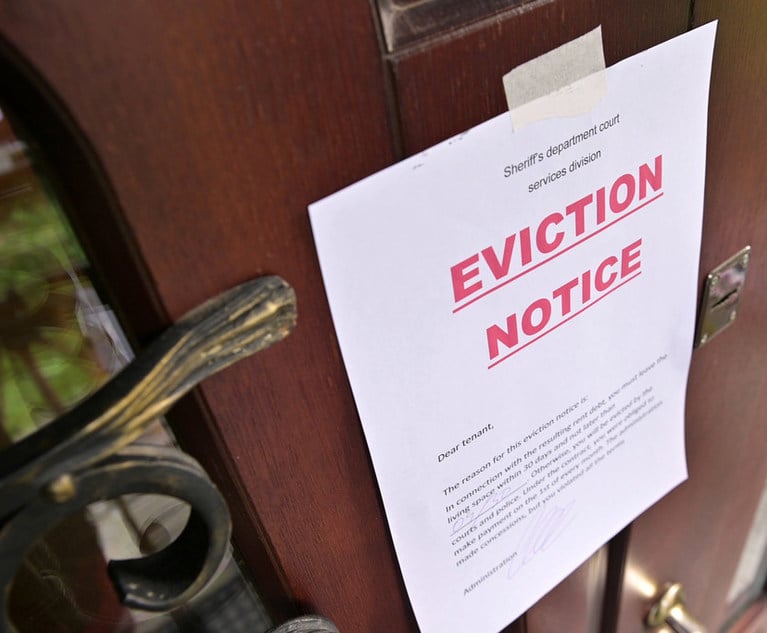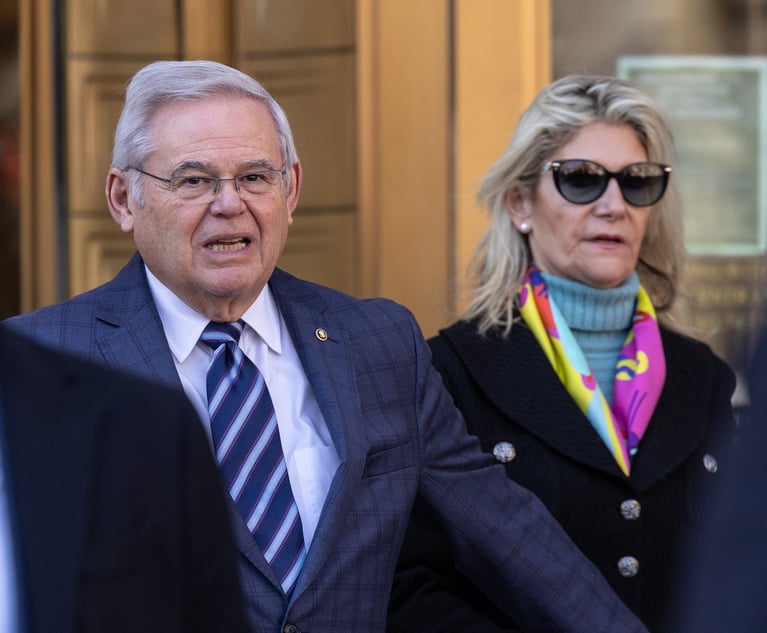In the days before the pandemic, around this time, many families would be on their summer road trip, where some would be searching for an escape from the madness of the trip. Such a feeling is shared by many in the securities defense bar, who have longed for relief from the overbroad effects of the nebulous insider trading standards applied by both the courts and government regulators. Countless attempts have been made to discern any semblance of logic from the myriad of cases in this area, and even federal judges have expressed their dissatisfaction at the current state of insider trading law. See Tom McParland, “Judicial Inconsistency Frustrates Purpose of Insider Trading Law, Rakoff Says,” New York Law Journal (Feb. 28, 2020).
For decades, the boundaries of insider trading law were primarily determined through cases brought by the U.S. Securities and Exchange Commission (SEC) and the U.S. Department of Justice (DOJ). The U.S. Court of Appeals for the Second Circuit was actively involved in deciding many of the major insider trading cases, and was a shrewd force behind the development of this body of law. The SEC and DOJ have never had a “bright line” test for insider trading actions, and, thus, both agencies often relied upon the vagaries of the general anti-fraud statute found in the federal securities laws—Securities Exchange Act of 1934 (Exchange Act) Section 10(b) and Rule 10b-5 promulgated thereunder—as well as numerous court decisions to bring both civil and criminal cases.


 Photo: TZIDO SUN/Shutterstock.com
Photo: TZIDO SUN/Shutterstock.com




